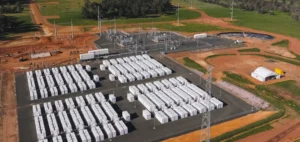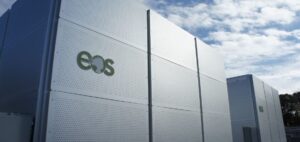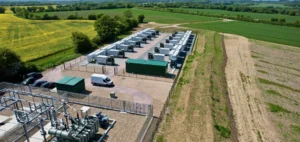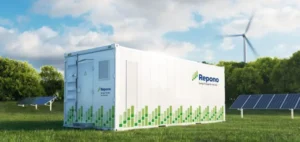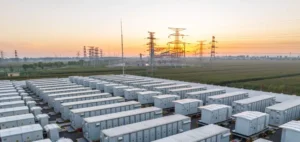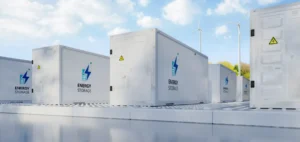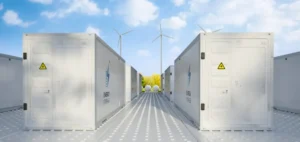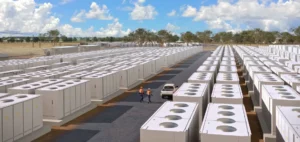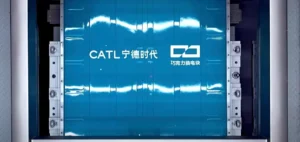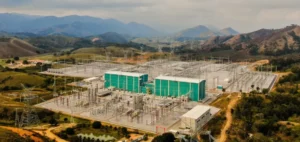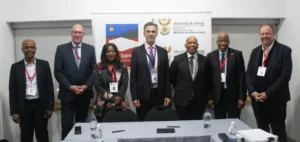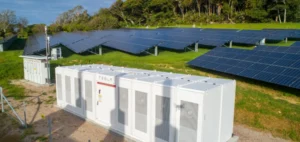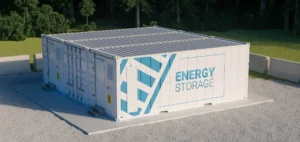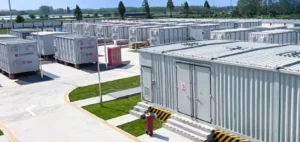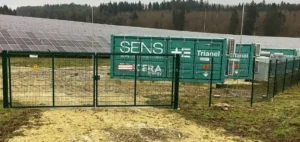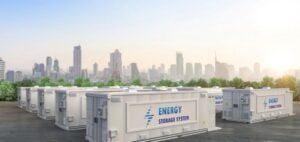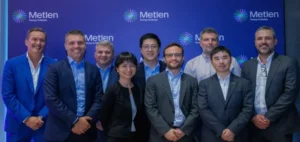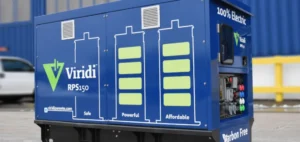Terra-Gen announces the closing of its financing for its solar storage facility in California.
The American company specializes in the production and distribution of renewable energy. Terra-Gen has installed 10,000 MW of renewable assets worldwide. Currently, its portfolio consists of 3.3 GW of energy capacity.
Terra-Gen prepares the world’s largest solar storage project
The solar storage site, Edwards Sanborn, is to supply nearly 164,000 total homes in one of the most advanced U.S. states in the energy transition. The facility is in its second phase, producing 1,786 MWh of battery storage. The Terra-Gen project started in 2021.
For this second phase of financing, the Terra-Gen project has brought together major institutions that are increasingly investing in the renewable market. In fact, it benefits from long-term growth and allows companies to green their assets. Some must become carbon neutral by 2050.
BNP Paribas, U.S. Bank, CoBank, ING and Nomura Securities are participating in the construction of the project. A total of $959 million will be committed to Terra-Gen in the form of a credit facility, loan and bridge financing.
Jim Pagano, CEO of Terra-Gen, comments:
“Following on the heels of the first phase of the Edwards Sanbon project, the second phase deploys an innovative procurement structure that has been well received in the capital markets and allows us to raise the capital needed to advance the construction of this transformative project. When completed, Edwards Sanborn will play an important role in helping California meet its carbon reduction goals and ensure electricity reliability through the use of self-sustaining, co-located energy storage.”
Phase 2 of the project will become fully operational in 2023 with a total of 2 GW of solar power generation and storage. This project will be the largest in the world in its category.
California, leader in renewable energy
The project allows California to accelerate its energy transition. The state has set a goal of achieving 100% decarbonized electricity by 2045. It wants 50% of its electricity to come from renewable energy sources by 2026.
California is leading the nation in green technology. Thus, it produces 32.4% of the U.S. solar supply in 2021.
As a reminder, the United States has provided the largest budget ever for the transition. 370 billion will be distributed to support the climate plan enacted by Biden.


